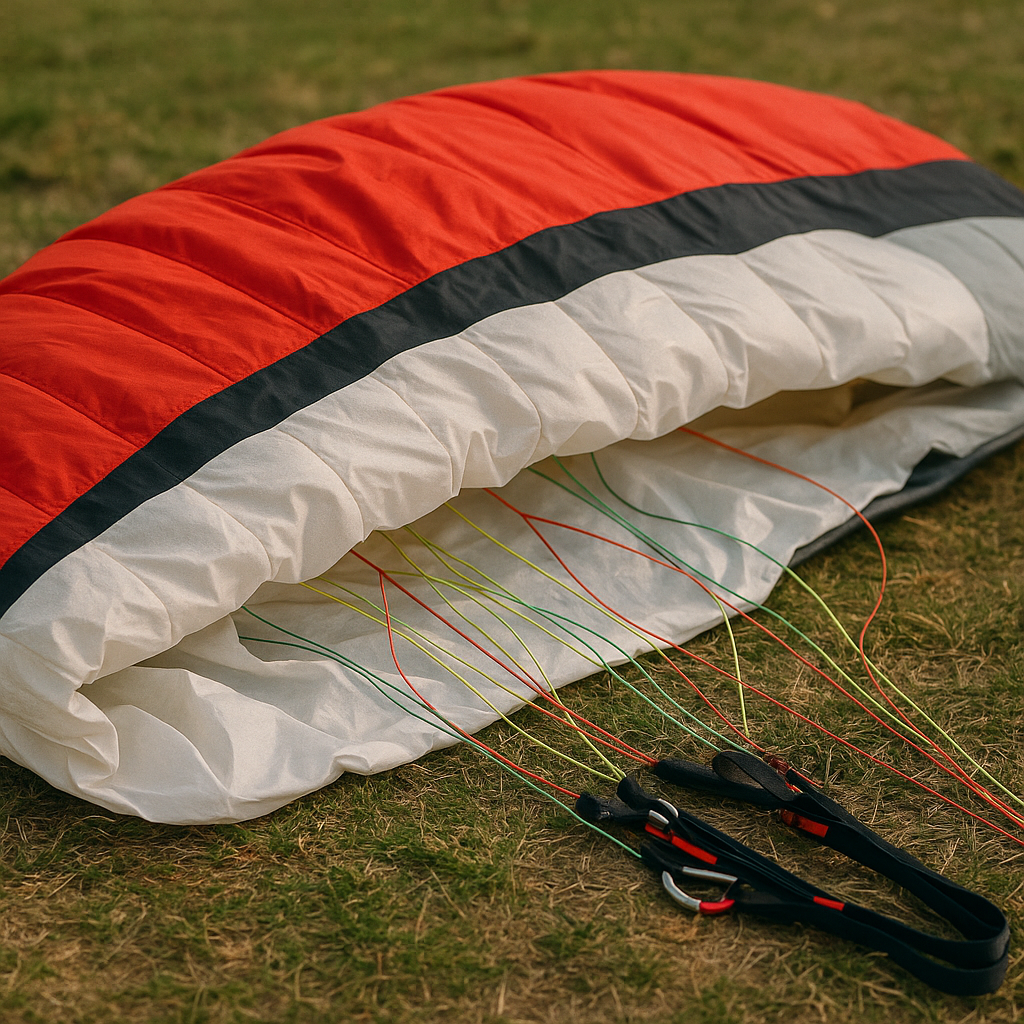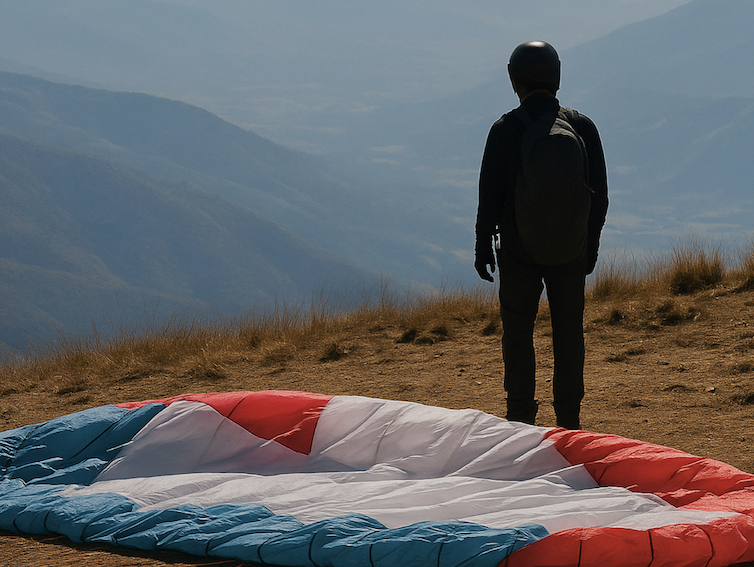🪂 The Psychology of Leaving the Hill: Managing Fear and Risk in Paragliding
🏔️ I. The Day Everything Changed (Even If I Didn’t Know It Yet)
It’s been several years now, but I still remember the sound of the wind on launch at El Peñón — one of the most iconic paragliding sites in Mexico.
It was a big day. Clear skies. That quiet electricity in the air when you know conditions are strong and taskable.
I climbed quickly, crossed to Crazy Thermal Mesa… and then it went bad. A violent collapse. Riser twists. A locked spiral. I deployed my reserve and landed safely in the trees.
I walked away physically fine. But in terms of my mental game as a pilot, something had shifted.
🧠 II. Fear Isn’t the Problem — Not Listening to It Is.
Fear in paragliding isn’t a sign of weakness. It’s a response rooted in awareness, experience, and survival.
The problem isn’t fear — it’s how we respond to it.
What I didn’t understand early in my flying was that fear can show up in subtle ways: indecision, discomfort, or hesitation during launch prep. It’s easy to dismiss it, or worse — to push through it without listening.
Over time, I learned that managing fear in paragliding begins not in the air, but on the hill — and it starts by understanding the voices inside you.
🤜🤛 III. The Team That Comes With Me
When I get ready to fly, I bring more than just gear. I bring a team of mental voices — each representing different parts of how we assess risk in paragliding and how we experience the flight.
Meet the crew:
🧢 Cowboy – the driven part of me who wants to perform, push, and go big
🧠 The Professor – the planner and analyst who focuses on safety, structure, and decisions
🎨 Rembrandt – the part of me that loves the feeling of flight, flow, and beauty
🐒 Monkey Boy – the deeply instinctual part wired to sense danger and avoid harm
Each voice plays a role in my paragliding mindset. But when one dominates, the experience starts to suffer.
🌀 IV. When One Voice Gets Too Loud
This is what it looks like when I don’t fly in balance:
Cowboy pushes beyond my margins and ignores weather changes
Professor keeps me technically safe, but emotionally disconnected
Monkey Boy floods my system with fear and limits airtime
Rembrandt seeks joy but sometimes drifts from caution
Learning to recognize these patterns is a huge part of mental preparation for paragliding.
And it’s not about removing any one voice — it’s about integrating them.
📋 V. The Team Alignment Checklist: My Pre-Flight Mindset Tool
To fly well — and safely — I don’t just prep my gear.
I prep my mental state with a simple checklist that gives each voice its say.
✅ Cowboy
“Have I set a goal that challenges me — without letting ego fly the glider?”
✅ Professor
“Have I reviewed conditions, flight plan, and gear? Do I understand today’s risks?”
✅ Monkey Boy
“Have I taken concerns seriously? Is there a backup if things don’t go as planned?”
✅ Rembrandt
“Have I made space to enjoy this flight — not just execute it?”
📝 Download the full checklist with a real-world scenario:
👉 Team Alignment Pre-Flight Checklist (DOCX)
If you’re looking for a mental tool to manage fear, improve decision-making, and feel more present in the air — this is it.
🎯 VI. Redefining Courage: What a Win Looks Like Now
There’s a subtle pressure in paragliding to prove yourself by launching — even when something feels off.
But one of the most powerful lessons I’ve learned is this:
Flying smart is more important than flying big.
Sometimes courage in paragliding means going anyway — because you’ve prepared and checked in.
Sometimes it means staying on the hill — because something in you knows today isn’t right.
Now, a successful flight isn’t about distance, speed, or altitude.
It’s about alignment. Presence. Integrity.
✨ Closing Reflection: Flying With All of Me
Every time we stand on launch, we’re not just facing wind and thermals.
We’re facing ourselves — our expectations, fears, ambitions, and doubts.
Learning to balance those voices is what allows me to fly not just far, but whole.
You don’t need to be fearless to fly well.
You just need to fly with all of you on board.
Fly far, fly smart, and keep looking up.
— Jeff
Founder & XC Coach, Skyout Paragliding
🔗 Related Reads (Internal Links)
The Power of 1%: Small Daily Improvements That Elevate Your Paragliding
Top 5 Mistakes That Hold Back Paragliding XC Pilots (And How to Fix Them)
The Team: Understanding the Internal Voices That Shape Our Flying




